-
 bitcoin
bitcoin $111743.690167 USD
0.54% -
 ethereum
ethereum $3950.699791 USD
0.55% -
 tether
tether $1.000164 USD
-0.01% -
 xrp
xrp $2.611685 USD
2.58% -
 bnb
bnb $1122.616845 USD
1.30% -
 solana
solana $193.462394 USD
-0.26% -
 usd-coin
usd-coin $0.999872 USD
-0.03% -
 dogecoin
dogecoin $0.196092 USD
-1.61% -
 tron
tron $0.296693 USD
-0.41% -
 cardano
cardano $0.652995 USD
-0.60% -
 hyperliquid
hyperliquid $44.316120 USD
12.98% -
 chainlink
chainlink $17.906269 USD
0.05% -
 ethena-usde
ethena-usde $0.999193 USD
-0.02% -
 stellar
stellar $0.326600 USD
1.70% -
 bitcoin-cash
bitcoin-cash $513.235984 USD
1.57%
How to backtest a trading strategy based on the KDJ indicator?
The KDJ indicator helps traders spot reversals by combining momentum and volatility, making it ideal for volatile crypto markets when used with volume and support/resistance levels.
Oct 18, 2025 at 09:00 am
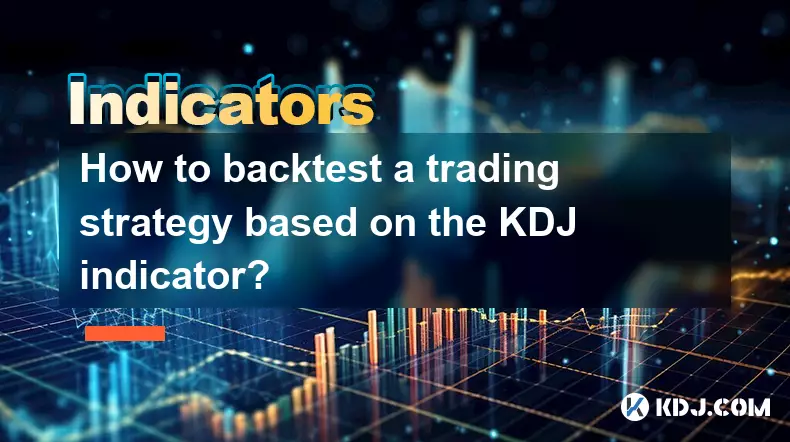
Understanding the KDJ Indicator in Trading
1. The KDJ indicator, also known as the Stochastic Oscillator with a momentum twist, combines three lines—K, D, and J—to assess overbought and oversold market conditions. It operates within a 0 to 100 range, making it ideal for identifying potential reversal points in price trends.
2. The K line is the fastest, derived from recent closing prices relative to the high-low range over a set period, typically 9 periods. The D line acts as a moving average of the K line, offering smoothed signals. The J line, calculated as 3 times the K value minus 2 times the D value, reflects divergence and accelerates early trend detection.
3. Traders often use crossovers between the K and D lines as entry or exit signals. A K line crossing above the D line in the oversold zone (below 20) may suggest a bullish setup, while a cross below the D line in the overbought region (above 80) could indicate bearish momentum.
4. Unlike simple moving averages, the KDJ incorporates momentum and volatility, allowing traders to detect shifts before price action fully confirms them. This makes it particularly useful in ranging markets where sharp reversals are common.
5. In the context of cryptocurrency trading, where volatility is high and trends can reverse rapidly, the KDJ provides timely signals that align well with short-term strategies, especially when combined with volume analysis or support/resistance levels.
Steps to Backtest a KDJ-Based Strategy
1. Define clear entry and exit rules based on KDJ values. For example, enter long when the K line crosses above the D line below level 20 and exit when the K line drops below the D line above level 80. These thresholds can be adjusted depending on asset volatility.
2. Select historical price data relevant to your trading pair. For crypto assets like BTC/USDT or ETH/USDT, obtain at least one year of candlestick data at your desired interval—commonly 1-hour or 4-hour candles provide a balance between noise reduction and signal frequency.
3. Use backtesting software such as Python with libraries like Pandas and TA-Lib, TradingView’s Pine Script, or dedicated platforms like QuantConnect. Implement the KDJ calculation logic and simulate trades according to your predefined rules.
4. Account for transaction costs, including exchange fees and slippage, which are significant in fast-moving crypto markets. Ignoring these can lead to overly optimistic performance results.
5. Run the simulation across multiple market conditions—bull runs, corrections, and sideways phases—to evaluate consistency. Assess metrics like win rate, profit factor, maximum drawdown, and Sharpe ratio to determine viability.
Optimizing and Validating KDJ Parameters
1. The default KDJ settings (9,3,3) may not suit all digital assets. Bitcoin might respond better to longer periods due to its lower intraday volatility compared to altcoins like DOGE or SHIB, which require faster sensitivity.
2. Conduct parameter optimization by testing variations such as (14,3,3) or (5,3,3) and measure performance across different timeframes. Avoid overfitting by validating optimized parameters on out-of-sample data not used during the initial test.
3. Combine KDJ signals with filtering mechanisms—for instance, only taking buy signals if the overall trend aligns with a higher timeframe moving average. This reduces false positives generated during strong directional moves.
4. Monitor divergence patterns where price makes a new high or low but the KDJ does not confirm it. This hidden divergence often precedes major reversals and enhances signal reliability.
5. Apply walk-forward analysis to ensure robustness. Divide historical data into segments, optimize on one segment, then test on the next. Repeating this process simulates real-world adaptation and improves confidence in strategy durability.
Frequently Asked Questions
What data format is required for KDJ backtesting?Historical OHLC (Open, High, Low, Close) data is essential. Each candle must include timestamp, price levels, and volume. CSV files exported from exchanges or APIs like Binance or CoinGecko work well when properly parsed.
Can the KDJ indicator be used effectively in trending crypto markets?Yes, but with caution. During strong trends, KDJ may remain in overbought or oversold zones for extended periods, triggering premature exits. Using it alongside trend-following indicators like MACD helps avoid counter-trend mistakes.
How do I prevent over-optimization when tuning KDJ settings?Limit the range of parameters tested and prioritize simplicity. After finding optimal values, test them on a separate dataset. If performance drops significantly, the strategy likely lacks generalizability.
Is it possible to automate a KDJ-based strategy on crypto exchanges?Absolutely. Platforms like Binance allow API integration with bots written in Python or Node.js. Once backtested, the logic can be deployed to execute trades automatically based on live KDJ signals.
Disclaimer:info@kdj.com
The information provided is not trading advice. kdj.com does not assume any responsibility for any investments made based on the information provided in this article. Cryptocurrencies are highly volatile and it is highly recommended that you invest with caution after thorough research!
If you believe that the content used on this website infringes your copyright, please contact us immediately (info@kdj.com) and we will delete it promptly.
- Essex Post Office, 5p Coins, and King Charles: A Royal Mint Revelation!
- 2025-10-23 10:30:16
- Waymo's Newark Airport AV Tests: Alphabet's AI Gamble Pays Off?
- 2025-10-23 10:30:16
- King Charles 5p Coins: A Royal Flush in Your Pocket?
- 2025-10-23 10:35:18
- Solana, Crypto Advisory, and Forward Industries: A New York Minute on the Future of Finance
- 2025-10-23 08:51:22
- MAGACOIN: Ethereum Whales Dive into the Hottest Presale of 2025
- 2025-10-23 08:51:22
- Kadena's End of the Road? KDA Token Plummets Amid Project Abandonment
- 2025-10-23 08:55:34
Related knowledge
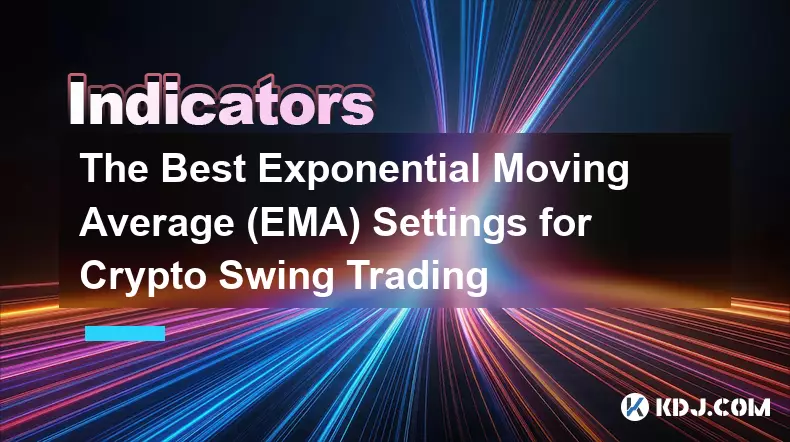
The Best Exponential Moving Average (EMA) Settings for Crypto Swing Trading
Oct 25,2025 at 04:55pm
The Best Exponential Moving Average (EMA) Settings for Crypto Swing TradingSwing trading in the cryptocurrency market relies heavily on identifying tr...
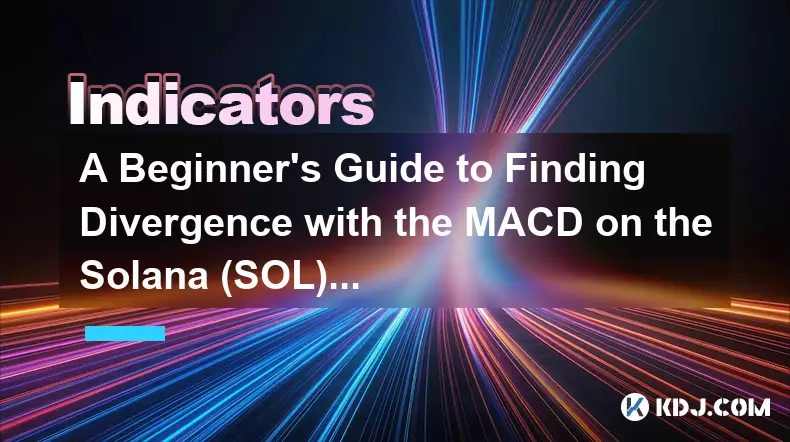
A Beginner's Guide to Finding Divergence with the MACD on the Solana (SOL) Chart
Oct 26,2025 at 12:36pm
Understanding MACD and Its Role in Solana Trading1. The Moving Average Convergence Divergence (MACD) is a momentum indicator widely used in cryptocurr...
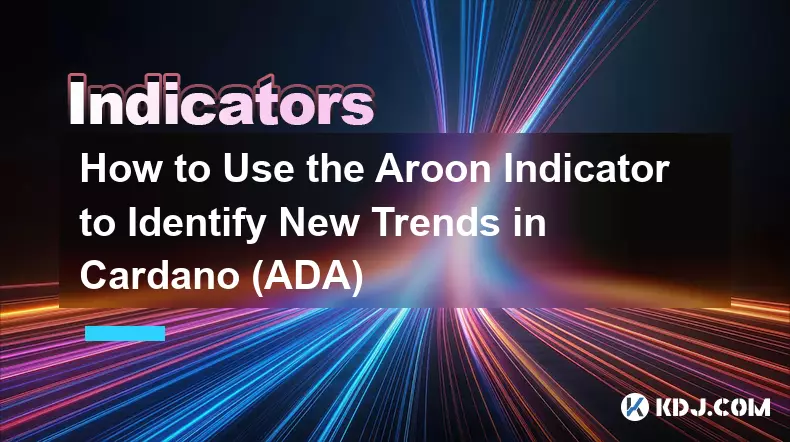
How to Use the Aroon Indicator to Identify New Trends in Cardano (ADA)
Oct 26,2025 at 10:18pm
Understanding the Aroon Indicator in Cryptocurrency Trading1. The Aroon indicator is a technical analysis tool designed to identify whether an asset i...
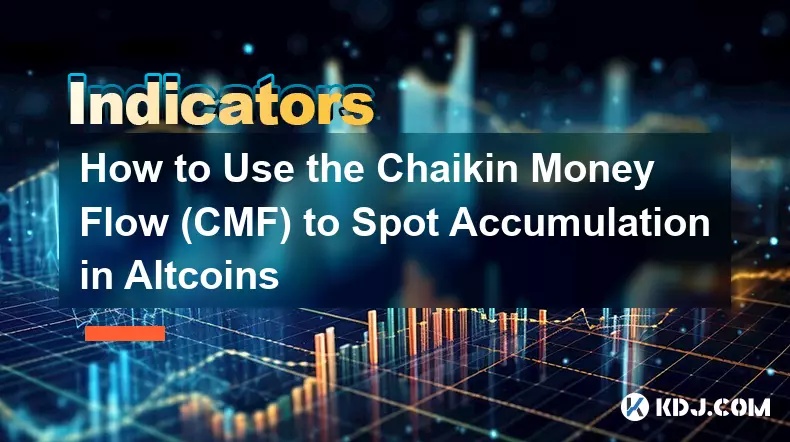
How to Use the Chaikin Money Flow (CMF) to Spot Accumulation in Altcoins
Oct 25,2025 at 08:18pm
Understanding Chaikin Money Flow in the Context of Altcoin Markets1. The Chaikin Money Flow (CMF) is a technical indicator developed by Marc Chaikin t...
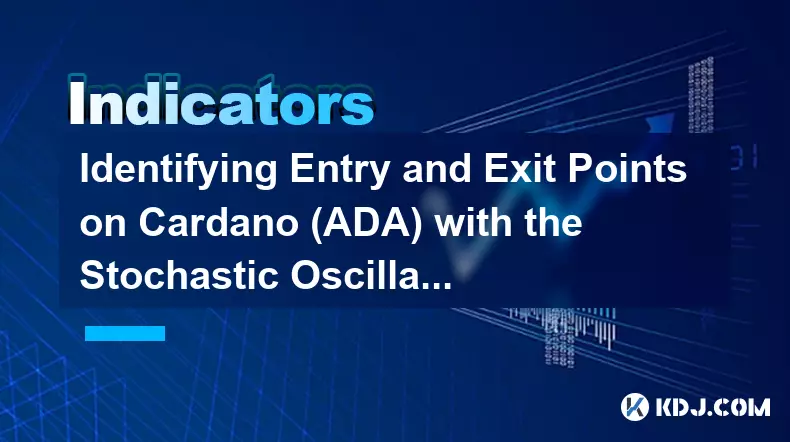
Identifying Entry and Exit Points on Cardano (ADA) with the Stochastic Oscillator
Oct 26,2025 at 01:01am
Understanding the Stochastic Oscillator in ADA Trading1. The stochastic oscillator is a momentum-based technical indicator widely used by traders anal...
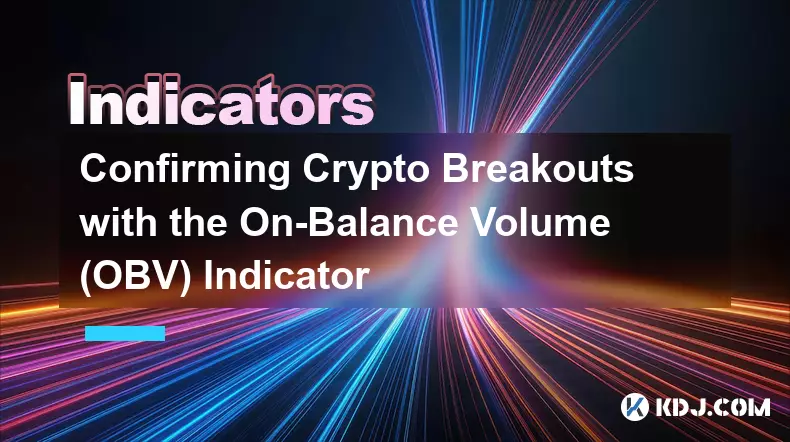
Confirming Crypto Breakouts with the On-Balance Volume (OBV) Indicator
Oct 25,2025 at 09:18pm
Understanding the On-Balance Volume (OBV) Indicator1. The On-Balance Volume (OBV) indicator is a cumulative measure that tracks the flow of trading vo...

The Best Exponential Moving Average (EMA) Settings for Crypto Swing Trading
Oct 25,2025 at 04:55pm
The Best Exponential Moving Average (EMA) Settings for Crypto Swing TradingSwing trading in the cryptocurrency market relies heavily on identifying tr...

A Beginner's Guide to Finding Divergence with the MACD on the Solana (SOL) Chart
Oct 26,2025 at 12:36pm
Understanding MACD and Its Role in Solana Trading1. The Moving Average Convergence Divergence (MACD) is a momentum indicator widely used in cryptocurr...

How to Use the Aroon Indicator to Identify New Trends in Cardano (ADA)
Oct 26,2025 at 10:18pm
Understanding the Aroon Indicator in Cryptocurrency Trading1. The Aroon indicator is a technical analysis tool designed to identify whether an asset i...

How to Use the Chaikin Money Flow (CMF) to Spot Accumulation in Altcoins
Oct 25,2025 at 08:18pm
Understanding Chaikin Money Flow in the Context of Altcoin Markets1. The Chaikin Money Flow (CMF) is a technical indicator developed by Marc Chaikin t...

Identifying Entry and Exit Points on Cardano (ADA) with the Stochastic Oscillator
Oct 26,2025 at 01:01am
Understanding the Stochastic Oscillator in ADA Trading1. The stochastic oscillator is a momentum-based technical indicator widely used by traders anal...

Confirming Crypto Breakouts with the On-Balance Volume (OBV) Indicator
Oct 25,2025 at 09:18pm
Understanding the On-Balance Volume (OBV) Indicator1. The On-Balance Volume (OBV) indicator is a cumulative measure that tracks the flow of trading vo...
See all articles










































































